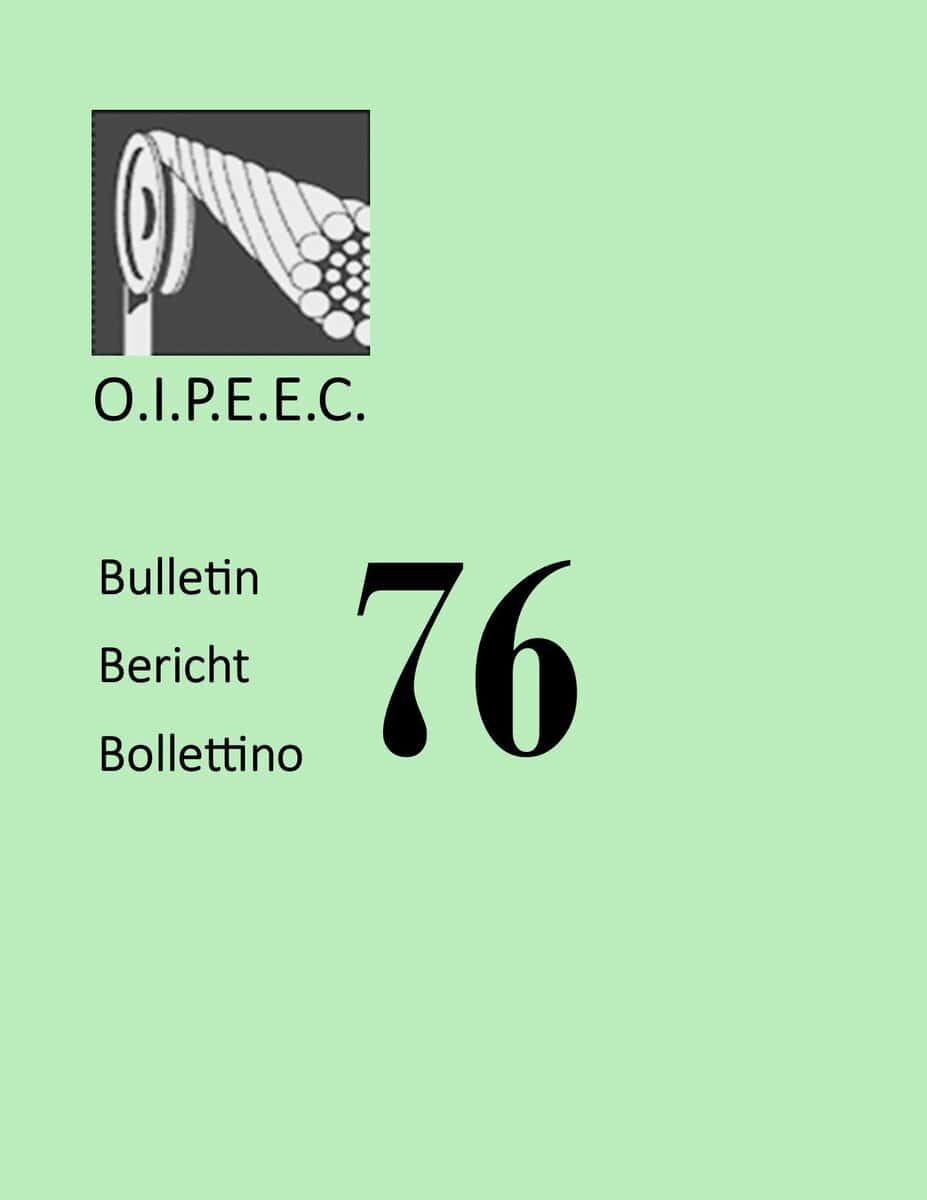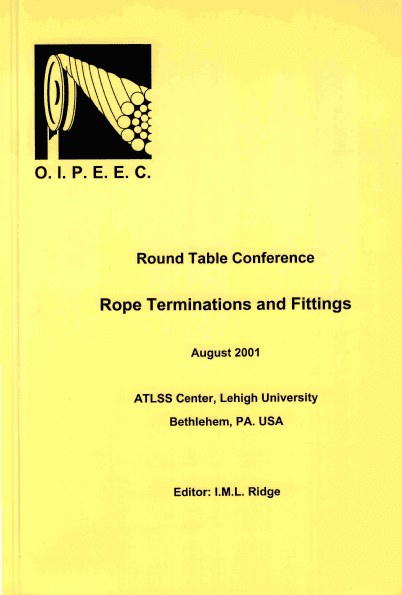The advent of wire rope “Constructions” 1800-1850
€0.00
- Wrought iron wire for ropemaking c.1800 The introduction of iron wire ropes in the 19th Century was preceded by an increased demand for iron wire in the latter part of the previous century when textile-making machinery first was mechanized. Although the primary need was for short pieces of wire used in the process of “carding” (aligning) filaments of cotton, flax and wool, the need for large quantities of iron wire encouraged innovative approaches to making longer and longer lengths of wire for sale to the consuming textile industries. ln Europe, making iron wire by hand had been a well-known craft since the Middle Ages (Figure 1 ). A variety of water-powered wiredrawing machines also had been devised, but so long as the end users required only short lengths, there was little incentive draw long lengths. Even when the longest possible drawn length was produced, the size of the rod from which the wire could be produced remained limited to the weight of a coil that could be drawn from a straight rod of a weight that could be lifted and manipulated by one man. Henry Cort of Lancaster, England ( 17 40-1800) stands foremost among a large group of inventors who struggled to find methods for increasing the weight and improving the quality of iron rods (Figure 2). His advanced rolling mill utilized grooved rolls to produce a round cross-section, and his improved iron puddling furnace implemented common bituminous coal which was a cheaper technique than using traditional charcoal for the reduction of iron ore. Cort received UK patents for his processes, and readily granted licenses to other ironworkers (Mott, 1983, 27 -30). Another detriment associated with iron wire c.1800 was the marking or crimping of the wire surface caused by the tongs gripping it: ” .. . the old fashioned plan being to pulled in by the aid of a cam and lever attached to the pulling-in tongs at short ‘ratches ‘, and as at each ‘ratch‘ the tongs had to take a fresh hold on the wire they marked it and caused it to be cut off, thus involving waste, and this over short pieces of 15 to 20 lbs. was considerable ... ” (Bedson, 1893, 91). Wire produced by hand-drawing and by all of the various older water-powered wiredrawing methods was never uniformly straight in long lengths due to crimping caused by the tongs, and also due to the curvatures induced by the drawing blocks. Beyond the limitations imposed by length and straightness, all wire was being sent to market classified by a “gauge number” which meant that consistency of diameter was unknown. At least ten different systems of gauge numbers were in common use in Europe. Because of the great variation in diameter resulting from use of the gauge system, it was nearly impossible to fabricate a wire rope from any designed arrangement of wires. It has been emphasized by other researchers that early references prior to 1800 in Europe mentioning long rope-like creations made of wire were most likely actually describing what we would now call “chain”, comprised of elongated links made from short pieces of wire attached to each other in extension (Weber, 197 4, 286). In summary, the introduction of ferrous wire into ropemaking proceeded rapidly after 1800 when appropriate longer lengths of malleable wrought iron wire became more readily available for experimentation.
Author(s): Sayenga, D.




